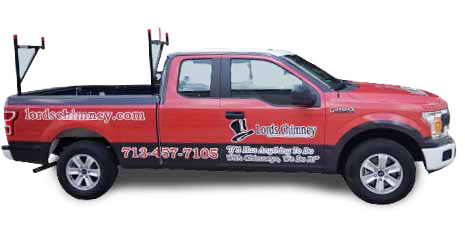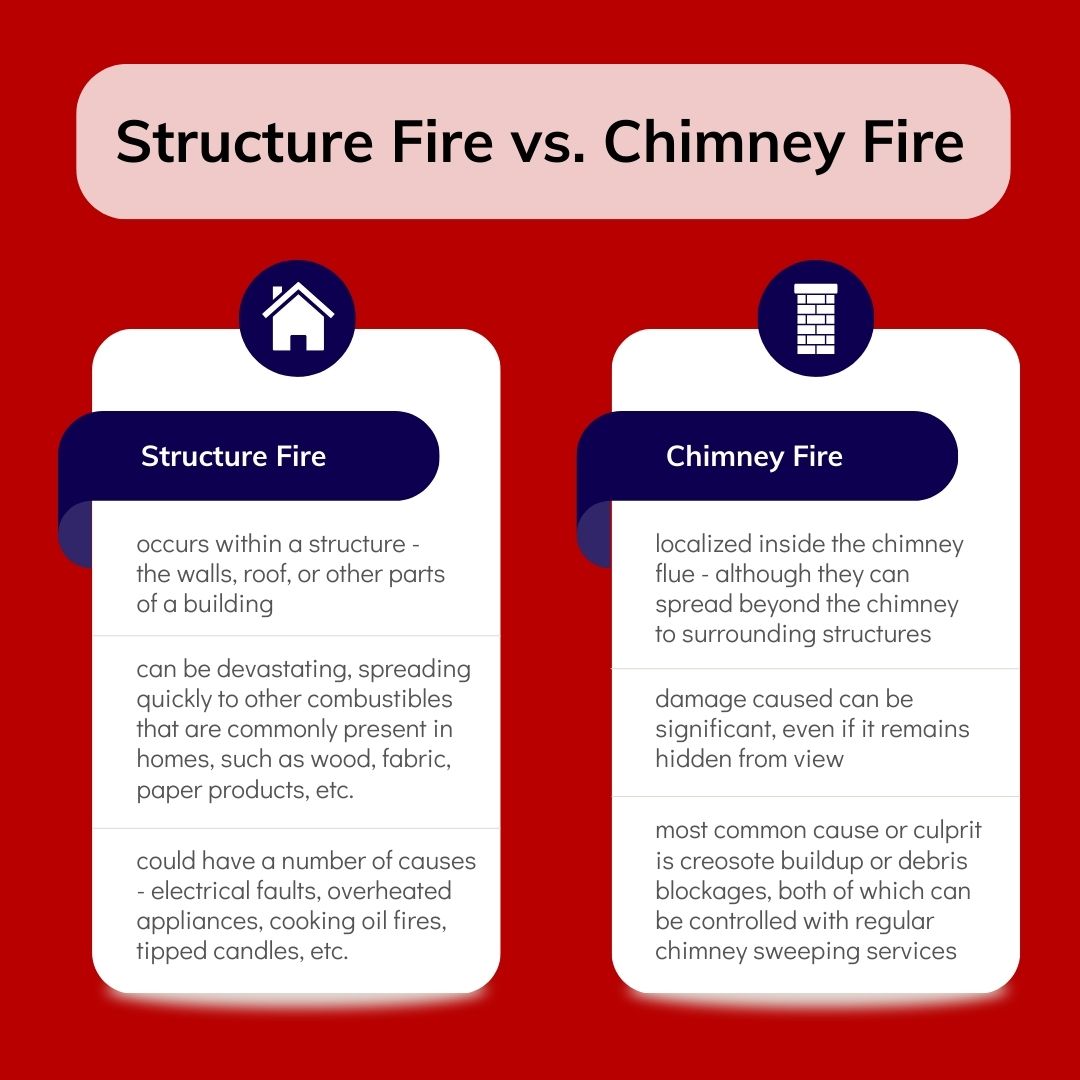Why Won’t My Gas Fireplace Turn On?
Gas fireplaces are known for blending convenience and comfort, making them a fantastic addition opting for adding some warmth to your space. When your gas fireplace refuses to turn on, however, it can quickly become frustrating.
There are a number of reasons why a gas fireplace might not ignite, but once the source of the problem is identified the solution shouldn’t be close behind. And we’re here to help, with experience and knowledge to bring resolution to even your most baffling fireplace conundrums.
What Are the Basic Components of a Gas Fireplace?
When troubleshooting your gas fireplace issues, it can be helpful to identify some of the parts that contribute to ignition. As you try to figure out why your gas fireplace won’t ignite, however, remember that if you smell gas you should get a safe distance away and call for help. A gas leak can quickly become a very dangerous situation.
- Pilot Light. This is a small, steady flame that stays on all the time. It ignites the gas that flows into the burner when you turn the fireplace on. If the pilot light is off, the main burner won’t ignite.
- Thermocouple/Thermopile. This component detects whether the pilot light is going. Obviously, you don’t want gas streaming out if there’s no flame to burn it. That’s where this safety feature comes in – if it doesn’t sense a pilot flame, it’ll shut off the gas supply.
- Gas Valve. This valve controls the flow of gas to the fireplace. It opens when you turn your fireplace on, which allows gas to stream to the burner.
- Ignition System. Many newer gas fireplaces use an electronic ignition system to light the gas instead of a standing pilot light. The system creates a spark to ignite gas when you turn on the fireplace.
- Burner. This is the place where the gas ignites and the flames you see in your fireplace are produced. It’s the final piece of the puzzle – but if the burner isn’t receiving gas or the ignition system isn’t working, it won’t light.
Why Won’t My Gas Fireplace Turn On?
If you know the basic components, that can help you isolate the source of the problem. If your gas fireplace isn’t igniting, it may be due to the following…

- Pilot light is out. If your system has a pilot light and it’s out, there’s nothing to ignite the gas. Most gas fireplaces have a clear procedure for relighting the pilot, which you can find in the manual provided by the manufacturer.
- Malfunctioning thermocouple. If your thermocouple or thermopile isn’t registering a pilot light for whatever reason, the gas valve might not open – and therefore the fireplace may not start. Cleaning (or replacing, if needed) this component might solve the problem.
- Gas supply problems. Simply put, your fire needs fuel. If the gas supply is turned off, the tank is empty or utility service interrupted, or your gas supply is otherwise compromised, your fireplace won’t turn on. Verify that your gas valve is open and gas is being supplied to the system.
- Ignition issues. If you have an electronic ignition system, it could be that a spark isn’t being generated. Your system may be damaged or dirty, or the power supply may be missing the mark (for instance, because electricity is interrupted or batteries, if applicable, are dead).
- Dust and debris. Time passes and dust settles. Dirt that has built up in your burner or pilot assembly can block gas from flowing properly, which can then make affect fireplace performance. Using compressed air or soft brushes to gently clear out the burner and/or pilot tube might solve the problem.
The Pilot Is Lit…But My Gas Fireplace Won’t Turn On
This is frustrating! A flicker of hope, but no flames. The most likely culprits in this case are the gas valve or thermocouple. A sticking or faulty gas valve could keep gas from reaching the burner, and a broken or dirty thermocouple can do the same.
The Electronic Ignition Isn’t Sparking
Try the batteries first, if your system requires them. It’s always wonderful to try something simple and find that’s all that was wrong!
If that’s not a fix, the electrode which creates the spark may have become corroded or dirty, or the ignition module (the part that controls the spark) may not be sending the proper signal to ignite the gas. In the latter case, replacing the ignition module might be required.
Troubleshooting the Control Valve
The control valve is what regulates the flow of gas to the burner. Start by ensuring that gas is being supplied to the system. If it is, it’s probably time to call in a professional technician to test the valve’s electrical continuity and inspect the wiring.
When to Call a Professional
Some issues with gas fireplaces can be fixed with a little troubleshooting, but others require the help of a professional who’s been trained to work with such systems safely and effectively. If you don’t have expertise or just don’t feel comfortable working with gas components, it’s best to call a certified chimney technician. Gas appliances are complex, and improper handling can lead to hazards like gas leaks or fires – clearly not desirable outcomes!
Lords Chimney Is Here To Meet Fireplace Needs
If your gas fireplace isn’t working reliably (or at all), don’t hesitate to contact us at Lords Chimney. We know fireplaces inside and out, and we’ll work to get your system working as safely and efficiently as possible.
Whether you have a troublesome pilot light, a faulty ignition system, or a gas valve issue, we’ll get to the bottom of the problem and get you back to enjoying your fireplace again. Call or book online today.





